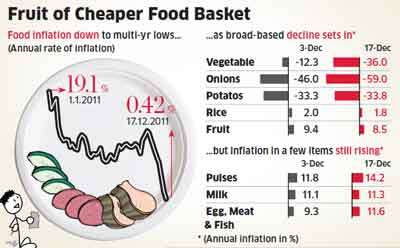German DAX Ends Down 15% for 2011

My understanding is that Germans are not as heavily invested into the stock market as the US, but a 15% drop in you countries main market index surely catches the attention of politicians. From the chart below, the majority of the loss took place in the just the first part of August when the index plunged from around 7,200 to 5,600. Some might doubt the willingness of Germany to bailout the Southern Europeans, but such moves suggest they have more incentives than most people would think.








